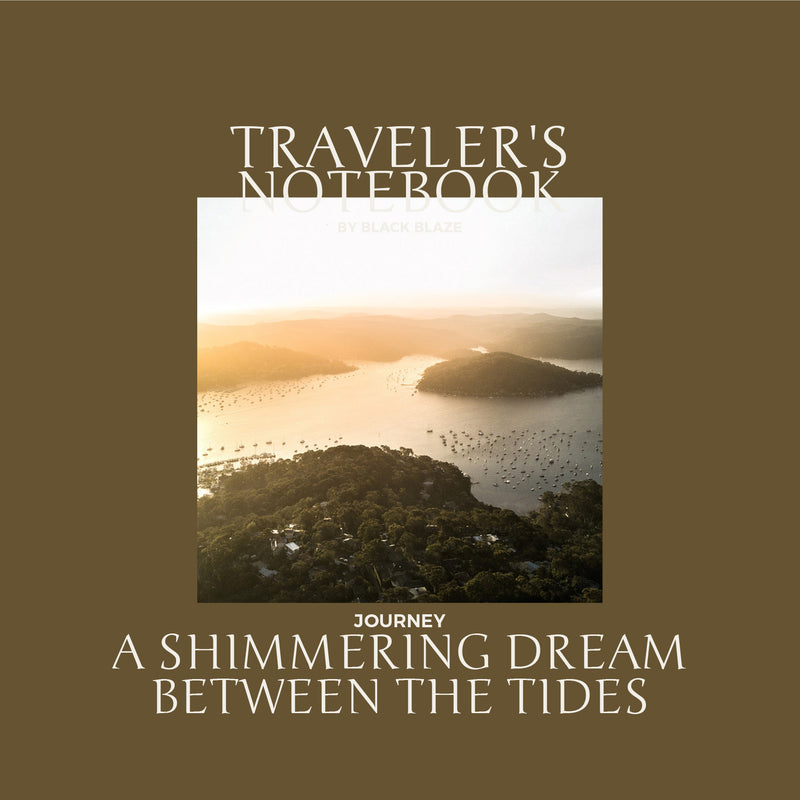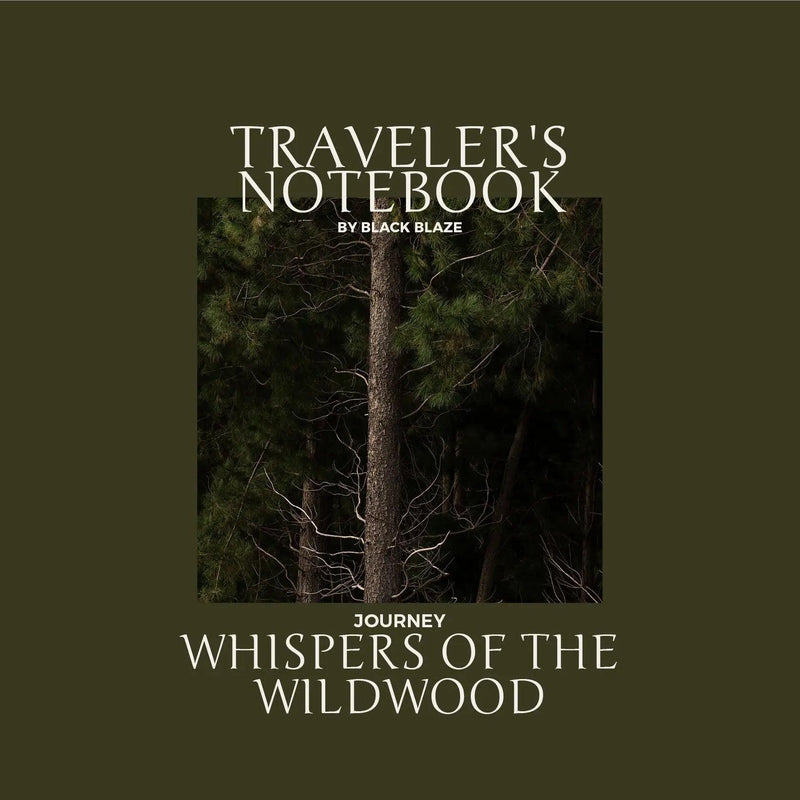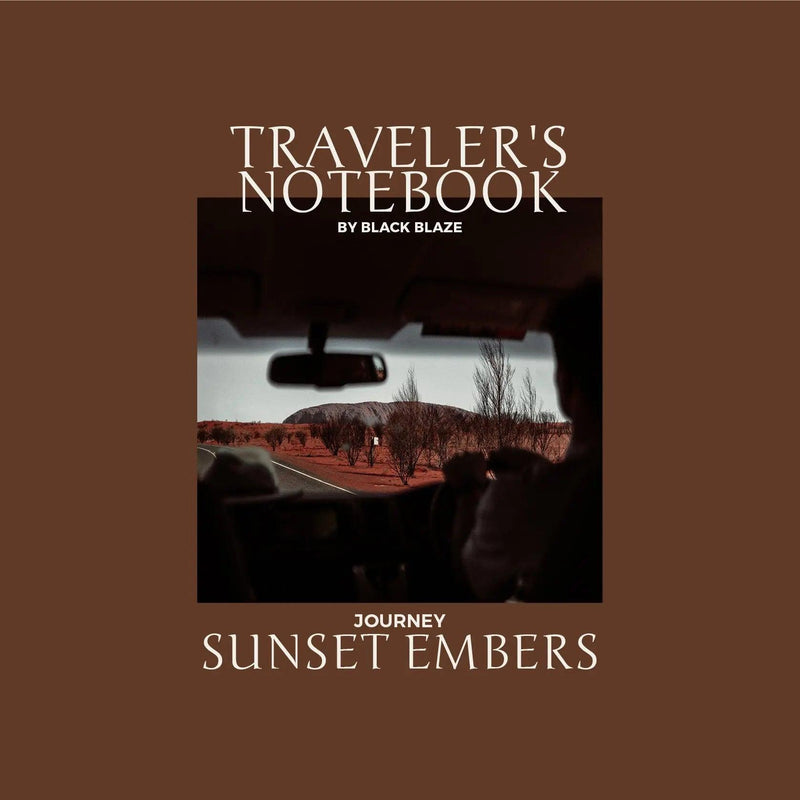
Travel is spectacular. It can come with buckets of beauty, offer respite, and make us see the places we thought we knew in an entirely new light. Sometimes, of course, it does all this and more; which I discovered on a recent, nostalgia-inspired road trip through Victoria.
Growing up, my family would often pack the car, bid farewell to Sydney, and head off to far-flung beach towns and hinterland havens, where we would while away hazy summers. To me, the routes we took felt deeply comforting, delivering me to places where I was guaranteed salt air, warm nights and laid back vibes. As an adult, I’ve started to retrace many of these journeys, keen to escape somewhere familiar, yet also determined to delve a little deeper.
This is why I ventured back to Victoria, following an oft-trodden route that, all these years later, still offered up unexpected treasures aplenty. In fact, I found the journey so divine - so rich in bush walks and waves, history and wine - that I have no choice but to share my itinerary. Here’s hoping you discover something new and brilliant in it too.

The 43-kilometre long Great Ocean Road begins in Torquay (the home of Australian surfing), and takes in the Otways, Lorne and its buzzing arts community, the Twelve Apostles and London Bridge (iconic limestone monoliths that are at their most otherworldly come sunset). Along the way you’ll encounter rambles aplenty (like the hike from Anglesea to Point Addis that delivers you to Bells Beach, a surfing Eden) and sunsets that will set your heart aflutter.
As if the drive wasn’t dreamy enough, The Great Ocean Road ends near Port Fairy, a picturesque haven of Late Georgian architecture and Norfolk-pine-lined streets. Here you can stretch you legs on Griffiths Island, and savour the sea breeze and solitude as you meandered along the bluestone lighthouse trail, your audience made up of seabirds and curious wallabies. You can feast at bakeries (a staple of every Aussie town), consider joining locals for a 7am East Beach swim, and toast your journey at the Merrijig Inn, where the seasonal menu evolves depending on the ingredients neighbouring producers have to offer: seafood comes from the Portland fishing trawlers lining the wharf, and whatever can’t be supplied from the Merrijig garden is harvested by local farmers, who leave their wares by the restaurant’s door.

Colleen Guiney and John Watkinson came to Port Fairy in need of a sea-change, and fell for a historic, two-storey bluestone building which they transformed into Drift House - a thoughtfully curated abode for lovers of design and tranquility. Each light-bathed suite is unique, yet all incorporate elements from the original home - be that macramé glass jars or fence railings repurposed as door handles.
Colleen has painted for 20 years and her abstract canvases adorn the Drift House walls, their tones and composition shaped by Port Fairy. “In Melbourne, my art was quite chaotic,” she explains. “I used to rip down billboards and collage the big letters and torn pieces I related to. And then coming here, all these landscape elements appeared. My work is a lot calmer, because how can you not be calm here?”
After a few nights here, I found myself feeling equally serene - soothed by the setting, suites and scrumptious breakfasts, suppers and sundowners, all served in the wood-and-stone salon on an assortment of vintage crockery.
Things are particularly flavoursome in this corner of western Victoria. It's home to some of the country’s best dairy producers, the biodynamic grapes at Killarney’s Basalt Vineyard are grown for the love of grapes, and in Dunkeld you’ll find the Royal Mail Hotel, a revamped 19th-century pub revered for its restaurant. Much of this deliciousness comes down to the mineral-rich soil - this is, after all, the third most densely populated volcanic region in the world.

To learn more about the area’s explosive past, journey to Worn Gundidj (Tower Hill), where Worn Gundidji Enterprises guides visitors through the dormant Marr volcano - the largest of its kind in Australia - while delving into the history of the Gunditjmara people. Worn Gundidj first exploded around 38,000 years ago, but has been quiet for the last 7,000. However, as it takes 10,000 years for a volcano to be deemed extinct - and Australian volcanoes, found far from fault lines, act a little irrationally - you can’t help but wonder if we’re due a bit of action.
There’s something magical about immersing yourself in nature. It’s a reset, a chance to be overcome by awe and remember that our story, tiny as it may be, is entwined with the world around us. I sensed this at Worn Gundidj, and again at Gariwerd (Grampians National Park), a towering pocket of wilderness that rises dramatically from the surrounding planes, a forested island in a grass sea. Gariwerd is a bio hotspot, home to around a quarter of Victoria’s bird species, and staggeringly old, formed from marine sediments that were thrust up, folded and pressurised over millennia.
Stunning as it may be, every time I visit Gariwerd the weather gods summon the rain. But although I didn’t see Mackenzie Falls or The Balconies at their dazzling best, there’s a lot be said for tramping through bushland in muzzle and cloud. With dew glistening on the eucalypts trees and the waterfalls gushing, it all seemed wintery and wonderful - and this trail, indeed this park, felt like it was entirely my own.

I found Daylesford similarly calming. The town flourished in the 1850s when the daring travelled from across the globe to strike it rich on the goldfields - as they did in nearby Ballarat. The Swiss Italians of Ticino remained long after gold fever subsided and established the region’s first vineyards and farms. Daylesford is now adored for the calm of Wombat Hill Gardens (found atop an extinct volcano, of course), its mineral springs, copious antique stores and the atmospheric Convent Gallery. There are boutique hotels with history, such as the deliciously dapper Peppers Mineral Springs and Lake House - the jewel in my road trip crown.
In the 60s, Alla Wolf-Tasker’s parents bought a summer house in Daylesford; nothing fancy - the town was relatively unknown at the time - but somewhere they could grow veggies and entertain. Since then, Alla has felt connected, so when she and her husband, artist Allan Wolf-Tasker, came across an overgrown paddock in 1979, she immediately envisioned the country restaurant she’d always longed for, a place worthy of a journey.
So the couple built the original restaurant and Lake House, which has grown to include a hotel and cooking school, remains a family love affair. Their daughter oversees the interior design, Allan’s art adorns the walls and Alla’s restaurant continues to celebrate Daylesford’s bounty. There are berries from Liz Burns at Trewhella Farm, eggs from Paul Righetti’s Limestone Farm (he’s a descendant of Ticino settlers), and delights from The Fermentary.

Road trips - even when they seem familiar - have a way of taking you by surprise. You’re caught up in the splendour, the childhood memories, the desire to travel further and see more. It’s only when you return home that you understand just how immense a journey was. Experiences on the road arrive in an enchanting, non-stop whir - the clarity comes later. By looking back, you appreciate anew the country towns shaped by gold, places that preserve and promote our past, hidden volcanoes and restaurants where it’s all about love. These memories are enough to sustain you - until the next road trip begins.

Words by Liz Schaffer



